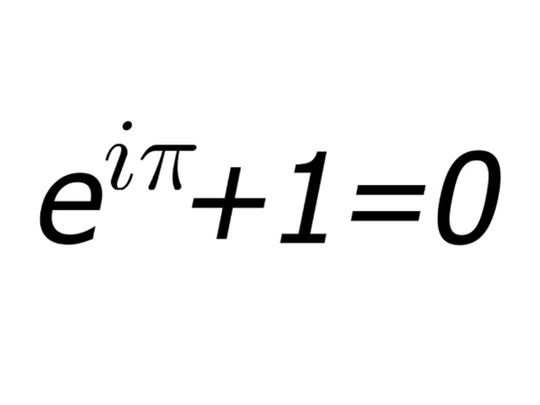
The most beautiful equation in the world is often compared to a Shakespearean sonnet for its elegance. American physicist Richard Feynman called it “our jewel” and “the most remarkable formula in mathematics.” What makes Euler’s identity so special?
Click start to play today’s maths-themed Word Search.
Swiss mathematician Leonhard Euler is known for his pioneering and influential discoveries in many areas of maths, such as analytic number theory and infinitesimal calculus. But of all his work, arguably nothing is considered to be as elegant as Euler’s identity.
The equation is simple.
But look a little closer and it is incredibly profound – it holds five of the most important mathematical constants.
American mathematician William Dunham described it in this way: “If you want to do addition, you need 0; if you want to do multiplication you need 1, if you want to do calculus you need e, if you want to do geometry you need π (pi) and if you want to do complex analysis you need i. This is the dream team of numbers and they are all in this one equation.”
The number i, in particular, is especially interesting because it is defined as the square root of -1. What makes it special is that it is the most fundamental of imaginary numbers, because in reality, no number can be multiplied by itself to produce a negative number (and therefore, no negative numbers can have square roots). But in maths, many situations arise where you are forced to take the square root of a negative – the i is used as a stand-in to mark where this was done.
Euler’s identity brings all these fundamental numbers together in one simple equation, and shows their profound connection.
Benjamin Peirce, a 19th-century American philosopher, mathematician, and professor at Harvard University, proved Euler's identity during a lecture, and then went on to state that the identity “is absolutely paradoxical; we cannot understand it, and we don't know what it means, but we have proved it, and therefore we know it must be the truth.”
Which other mathematical equation gets your attention? Play today’s Word Search and tell us at games@gulfnews.com.





